- Home
- slideshows
- miscellaneous
- What to do if you have problems voting in the midterms
What to do if you have problems voting in the midterms
If the voting machines are down, request a paper ballot.

If there are long lines, stay put if you can.
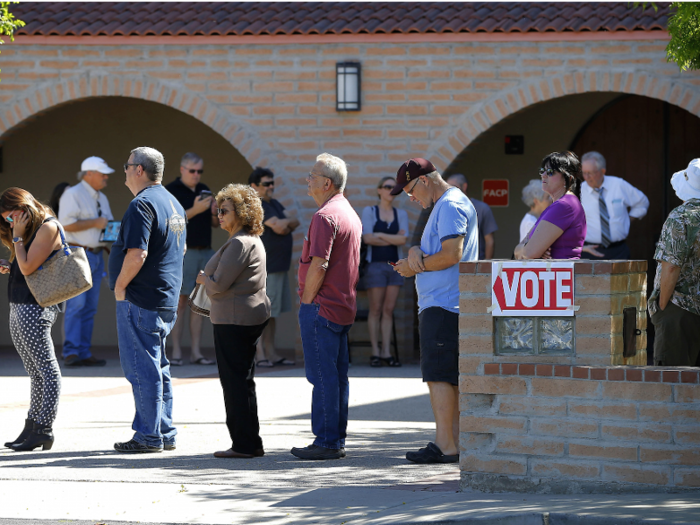
Long lines and wait times to vote are some of the most common voting issues reported on Election Day.
Lines can be caused by many things, including downed voting machines, new voter ID policies, or the simple misallocation of resources and people, according to a report from Christopher Famighetti of the Brennan Center for Justice.
If you experience a long line or wait time, you're encouraged to stay put if you can. Many states have rules on the books that allow people to cast their votes as long as they're in the line to vote before the polling place officially closes.
If your name isn't on the rolls, ask them to check their backups.
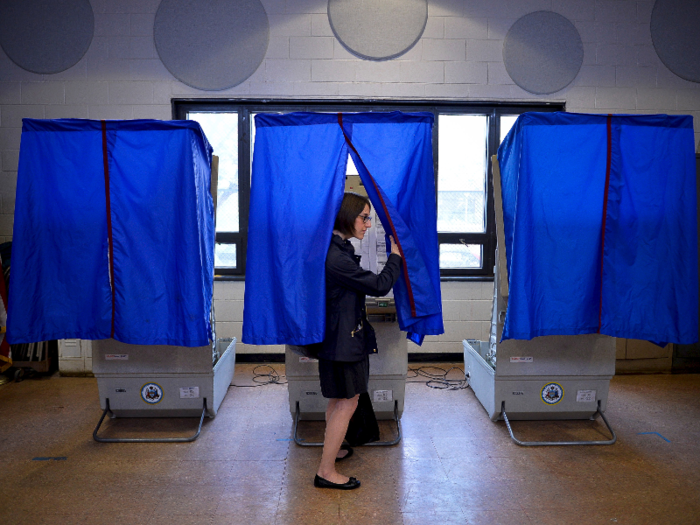
If a poll worker tells you that you're not on the voter rolls, first ask them to check any supplemental, inactive, or back-up lists they have. In numerous states, multiple voter lists are maintained as mandated by voting law.
In Florida, for instance, some voters are placed on an "inactive" list if they don't respond to a certain mailer, but people on the list can still vote as long as they show up.
If you still can't be located, double check your correct voting location and your voter registration. It's possible that you're at the wrong voting center.
If all else fails, ask for a provisional ballot, which can be used to record a vote that will be counted once eligibility of the voter is verified.
If you're told you have the wrong ID, double-check, and then ask for a provisional ballot.
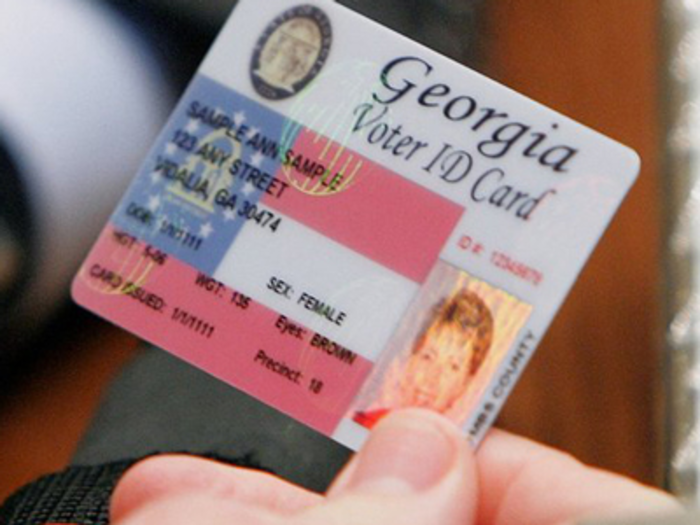
If you're told that you have incorrect or insufficient identification at the polling place, the first thing you should do is double check your state's voter ID requirements.
Voter ID rules vary widely by state, and sometimes poll workers have the facts wrong. Check if you can use a bill or paystub as a form of identification.
If you aren't able to present the required identification, ask if you can vote by signing something under oath — nine states allow this exception.
If all else fails, cast a provisional ballot. In some states, you will be required to eventually present ID that qualifies, but in others, your vote will be counted if your signature matches what's on file.
If someone is using intimidation, or if your qualifications are questioned, stay firm and attempt to vote.
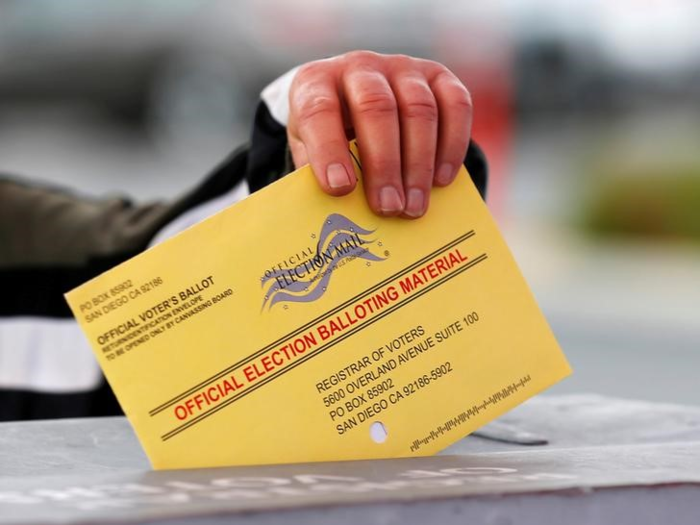
While cases of voter intimidation are rare, there have already been numerous reports of harassment at the polls this year.
If you experience anything that makes you feel unsafe, alert police or call 911.
In certain states, official poll monitors are allowed to observe election activities and even question certain voters' qualifications. If this happens to you, it's likely that you can give a sworn statement to a poll worker and cast a normal ballot, according to the American Civil Liberties Union. If you are still not allowed to vote, cast a provisional ballot.
Report all intimidation to the Election Protection Hotline at 1-866-OUR-VOTE.
Escalate, then ask to cast a provisional ballot if you can't cast a normal ballot.
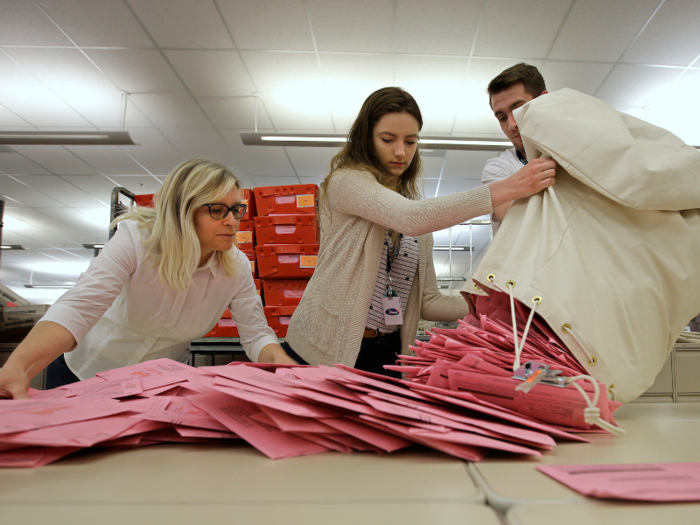
Before going for the last resort of casting a provisional ballot, try to escalate any issue to whoever is running the polling site or to contact the election office. Oftentimes, if you can prove that a poll worker is misinterpreting the rules, they will enlist official help, according to the Brennan Center's Myrna Pérez.
If escalation doesn't work, ask for a provisional ballot.
Provisional ballots are used when someone's voter eligibility is in question because of an ID dispute, the voter can't be found on the rolls, or because of some other issue. If poll workers will not let you cast a traditional ballot, ask for a provisional one.
All states except for Idaho, Minnesota, and New Hampshire should have provisional ballots available.
Before you submit a provisional ballot, ensure that you're at the right polling place by checking with a poll worker or checking online. In 25 states, provisional ballots cast in the wrong location won't be counted.
Report your problems and call for help.

If you experience one of the above problems and are turned away, or if you'd like to report an issue that you're not sure was resolved, you can contact a few resources.
You can report problems or seek assistance by calling the non-partisan Election Protection Hotline by calling 866-OUR-VOTE or texting 'Our Vote' to 97779.
If you'd like to report a potential violation, you can contact the Department of Justice by phone (1-800-253-3931), email (voting.section@usdoj.gov), or submit a complaint on their website.
You should also report your problem to Electionland, a journalism project from ProPublica that's dedicated to recording voting problems. To submit a problem, you can text VOTE to 81380, or fill out a form on their website.
Popular Right Now
Popular Keywords
Advertisement